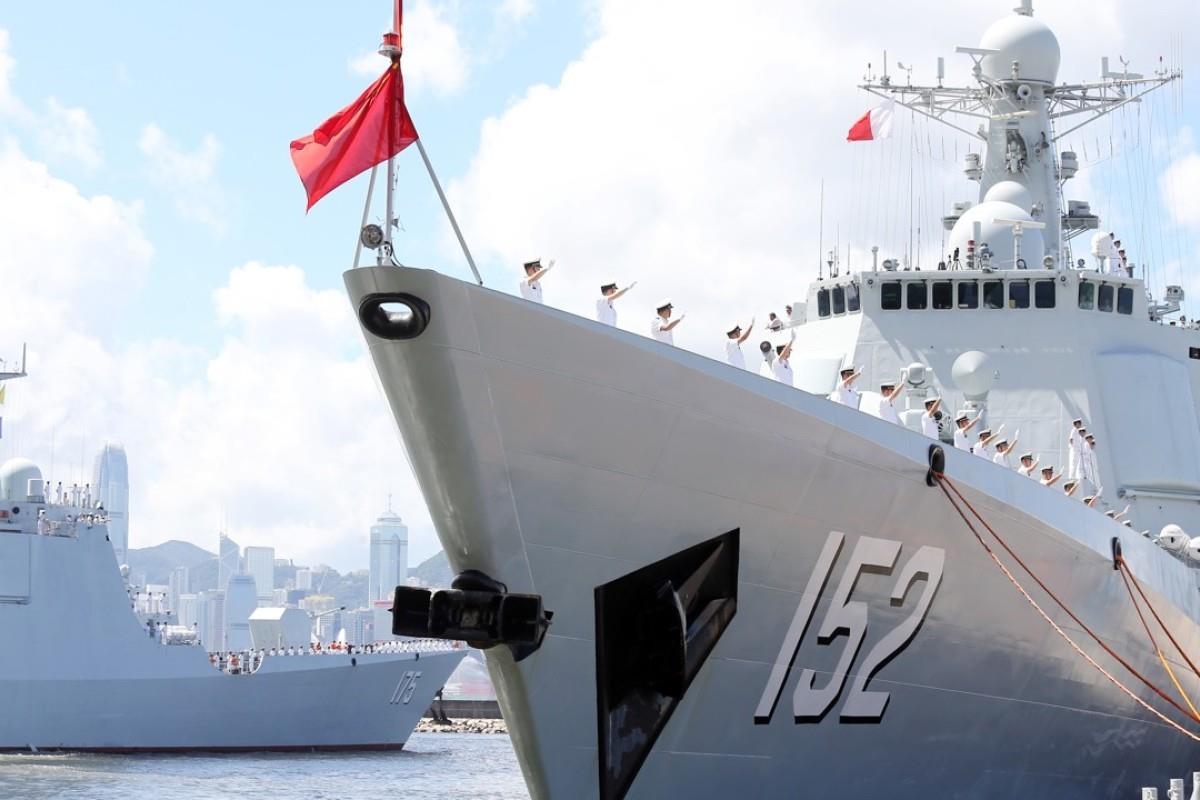
Chinese Warships Off Alaska, Cambodia Signal Shifting Seas
While these two events took place on different sides of the globe, they're both part of an important geopolitical development – one that may lead to global war.
That may seem a little alarmist. But as I explain in my book“Near and Far Waters: The Geopolitics of Seapower ,” the dynamics playing out today as China seeks to surpass the US as the world's major sea power are reflected in the past – and have led to some of the world's most consequential conflicts.
To understand the geopolitics of sea power, you need to understand two terms:“near waters” and“far waters.” Near waters are areas close to a country's shoreline that are seen as important for its defense. Far waters are areas across the ocean that a country wants to be present in for economic and strategic interests.
But here's the thing: The far waters of one country are the near waters of another, and that leads to tension. For example, the western Pacific is China's near waters and the US's far waters – and both countries are engaged in a battle for strategic advantage there .
Complicating matters, two or more countries may be competing for influence in the same near waters. In the western Pacific, China competes for dominance over smaller island fleets from, among other countries, the Philippines and Vietnam .
Changing tidesCompetition over near and far waters changes over time. US near waters are a strategic and fluid area , rather than a legal definition that covers the Eastern and Western seaboards – the latter extended by Hawaii far into the Pacific. It also covers parts of the Caribbean and the Aleutian Islands.
The US gained control of its near waters throughout the 1800s and the first half of the 20th century. It culminated in a“destroyers-for-bases” deal during the early stages of World War II, which saw British military bases in the Caribbean and Newfoundland being transferred to Washington's control. In return, the British were“gifted” old warships that were barely functional.
It was only later that the US projected its influence into far waters across the Atlantic and the Pacific, especially through its success in the Second World War.

Legal Disclaimer:
MENAFN provides the
information “as is” without warranty of any kind. We do not accept
any responsibility or liability for the accuracy, content, images,
videos, licenses, completeness, legality, or reliability of the information
contained in this article. If you have any complaints or copyright
issues related to this article, kindly contact the provider above.






















Comments
No comment